Sourdough starter is a cultivated wild yeast culture made by fermenting water and flour together and maintained with regular feeding.
Levain is an off-shoot of the sourdough starter, typically fed a higher ratio of water and flour to increase activity, for the sole purpose of being used to leaven dough. It can also be customized for flavor.
Sourdough discard is excess levain or sourdough starter that is not used in a recipe or for maintaining the starter. Only a small portion of the sourdough starter is reserved and fed during each feeding, the rest is referred to as discard, since typically it is thrown away. In efforts to reduce waste, discard is often collected from multiple feedings and stored in the fridge until enough is allotted to be used for discard recipes.
For more information on how to start and maintain a sourdough starter, create a levain build, and see an example of a sourdough baking schedule, you can visit this guide.
Sourdough Baking: levain vs discard vs spiked dough
There are three ways you can bake with sourdough: with levain or sourdough starter, sourdough discard, or a combination of sourdough and commercial yeast aka spiked dough. Sourdough discard is the trickiest of the three to use for leavening since it is older and more dormant and more acidic. If this is your first time leavening with discard OR if your discard is older, I would recommend trying the spiked dough version, since it has a higher chance of success.
Active starter / levain
The most common and reliable method for making sourdough bread involves utilizing an active starter or levain. This approach ensures proper leavening while allowing you to achieve a milder tang in your final loaf.
An active starter or a levain build has the added advantage of imparting a sweeter flavor to your bread, so you don’t have to worry about the unpleasant tang from the sourdough discard. Additionally, it expedites the leavening process.
I usually never have enough sourdough starter to bake with (I only have 35g of starter sitting on the kitchen counter at any given time, see the post on my sourdough starter maintenance & baking schedule for more info) so I would always make a levain build. My go to build ratio is 1:6:6. That ensures that my leavain is super active approximately 10 hours later for use.
Sourdough discard
As mentioned, sourdough discard is the trickiest of the three for leavening since it is the least active and has the most developed flavor aka tang. When deciding to use sourdough discard, take into consideration the following properties:
- Activity: we are using sourdough discard for leavening, so unlike other discard recipes, like crackers or pancakes which doesn’t require any leavening abilities, this one does, so we need to make sure the discard is still pretty active. Make sure you are using discard from an active starter and the discard is not too old. If you are just building your starter, for example, your discard will not work because your starter is not active!
- Age: In terms of age, if your discard is from an active starter, it should be okay to use if it has been in the fridge for about up to a week. A week and a half might be a stretch and you may want to look into the spiked dough method. I usually use my discard after I have collected enough ~5days.
- Tang: The amount of tang you will have depends on the age of your discard. If you want the least amount of tang, use discard that is no more than 3 days old. If you do not want any tang, try the active starter/levain option.
Spiked dough aka sourdough + yeast
Spiking the dough simply just means adding some commercial yeast to give your sourdough a boost. You can use it in combination with either sourdough discard or sourdough starter to speed up the rise time. I usually add a small quantity of commercial yeast, about 1/4 tsp for ~100g of flour and it cuts the rise time of dough made with sourdough discard by about 1-1.5hrs. Obviously, the more you add the more leavening you get from the yeast and the quicker the rise time. Please note that the commercial yeast does impart a flavor to the dough. In small quantities and mixed with sourdough it can be very pleasant– most French baguettes, for example, are made with a combination of long fermented commercial yeast (known as poolish) and sourdough. In larger quantities of commercial yeast, you will get a strong, distinctly yeasty smell and flavor that could be unplesant (think Subways bread).
Summary
| Activity Level | Acidity | Acidity | |
|---|---|---|---|
| Sourdough Starter | Active | Medium | This is typically referred to the the mother culture. It can also be the same levain if it is fed a certain ratio in preparation for a for bake. |
| Levain | Very active | Low | Levain is an off-shoot of the sourdough starter in preparation for baking. Since levain builds are typically fed at a higher ratio of water to flour, it is more active than a sourdough starter, making it ideal for leavening. The levain’s composition/flavor profile can also be customized specifically for the bake. |
| Sourdough Discard | Not very active | High | Depending on the age and acidity level of the discard, the range can be vast. Generally, sourdough discard can be collected and stored in the fridge until there is enough to use for a recipe. It is best used for recipes that do not require leavening or in combination with other leavening agents (ex: baking powder, soda, or commercial yeast). |
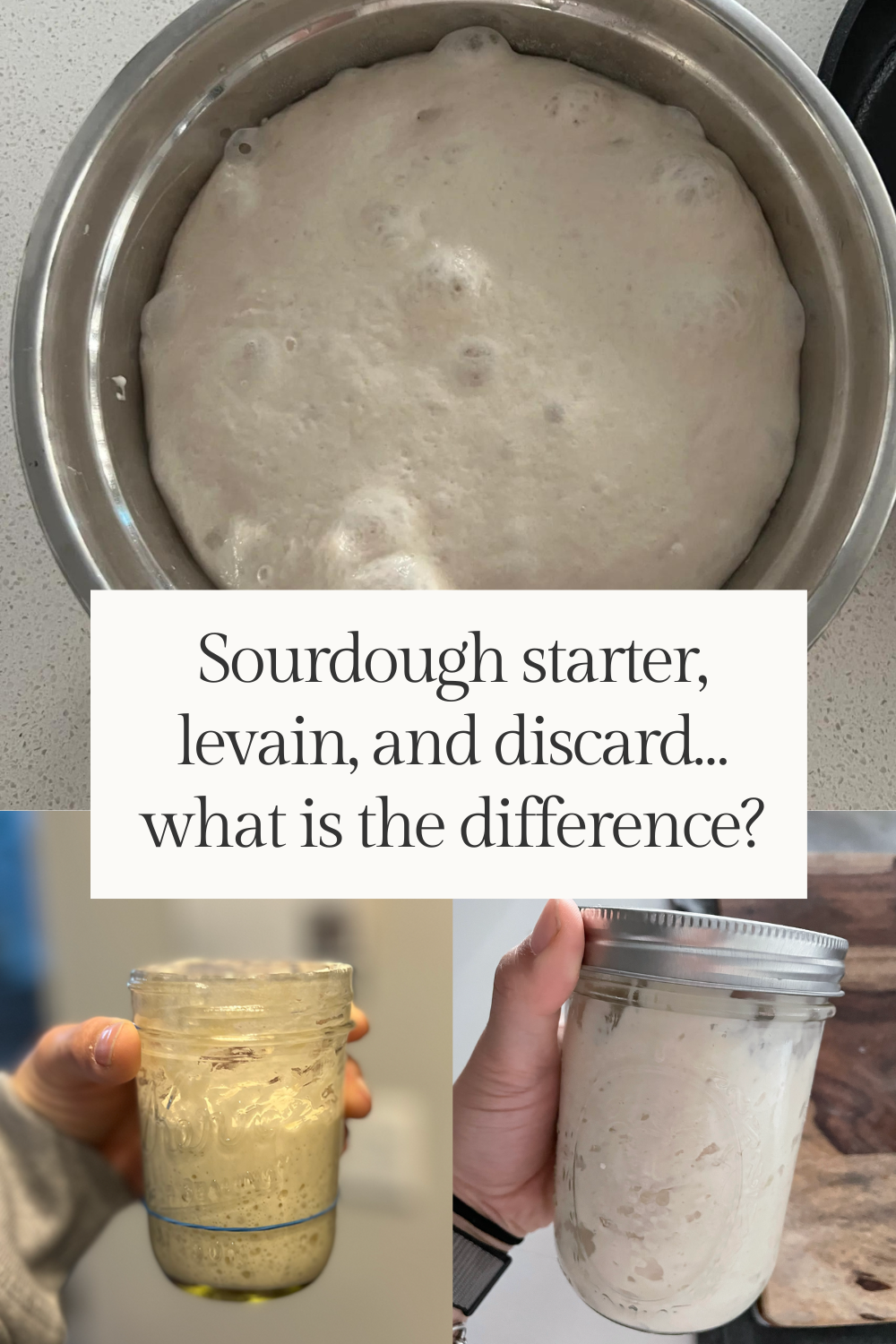










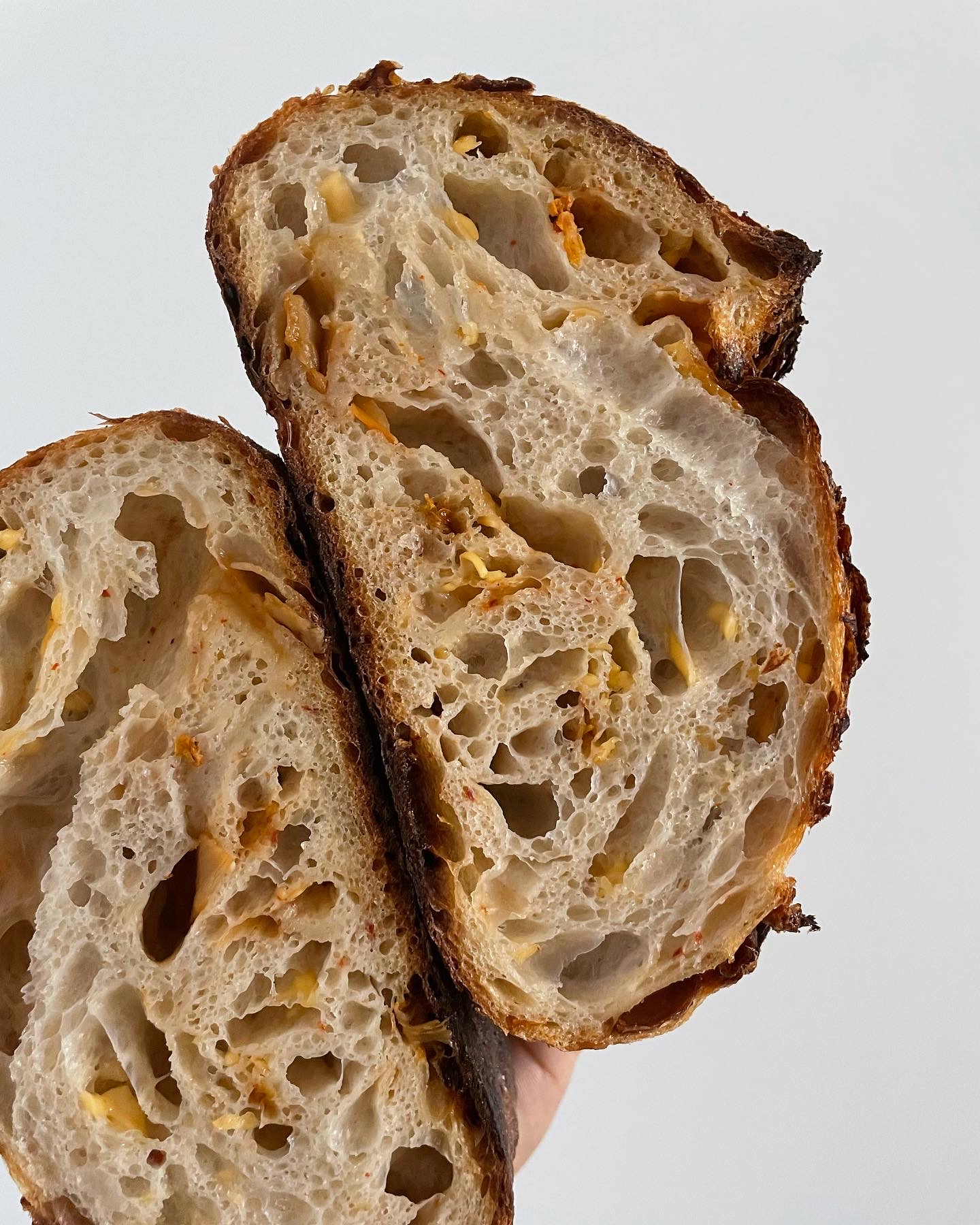

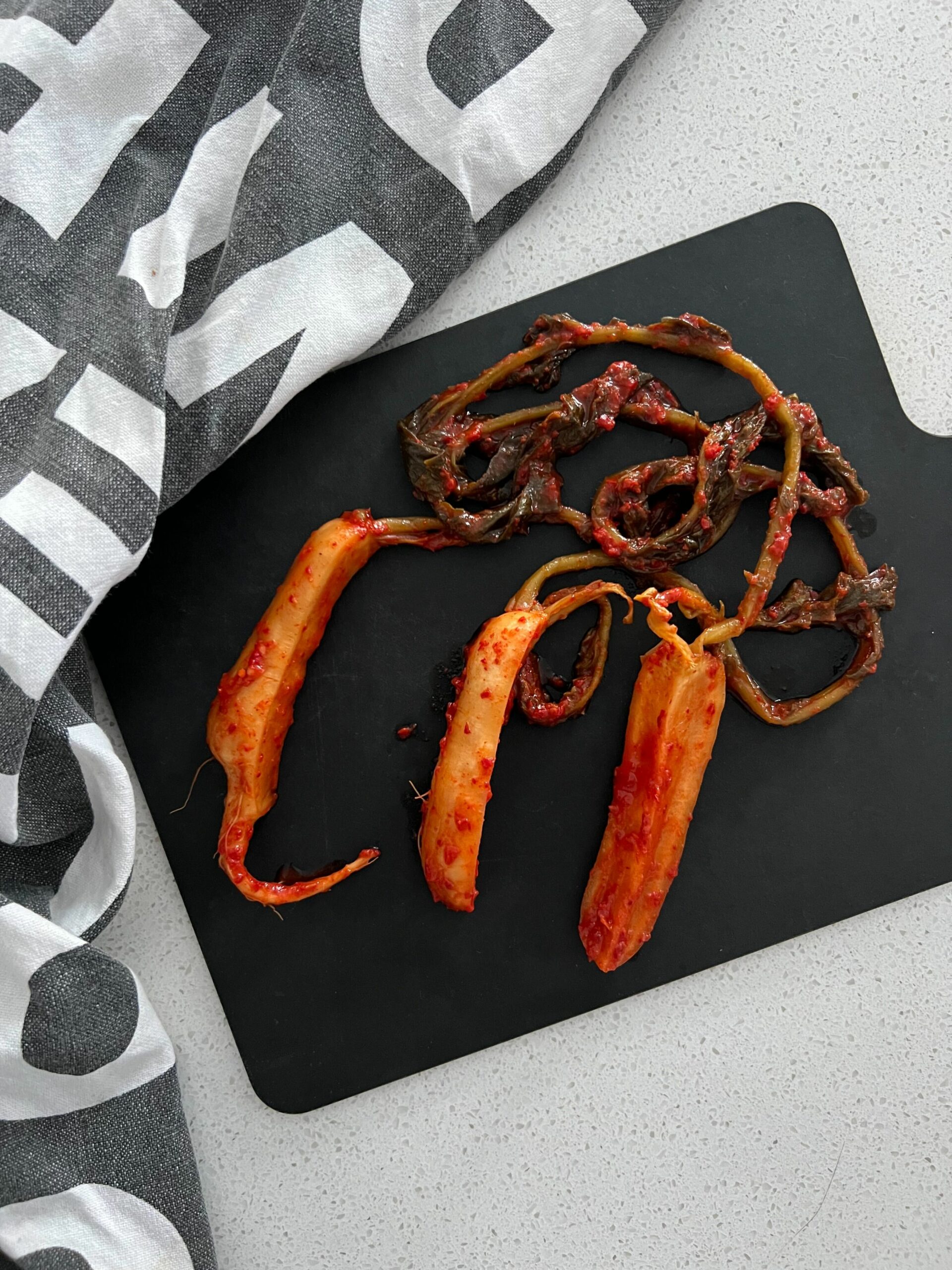
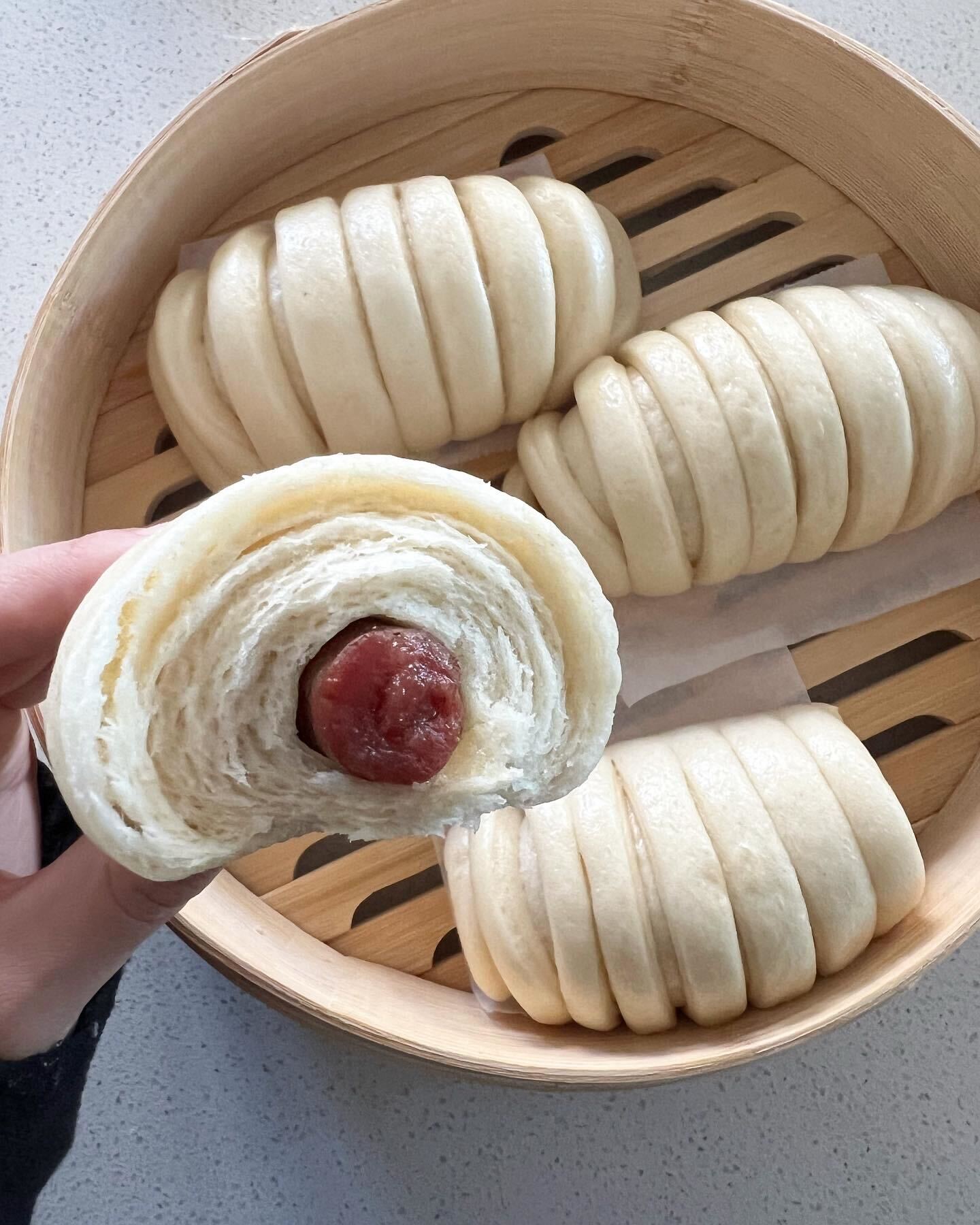
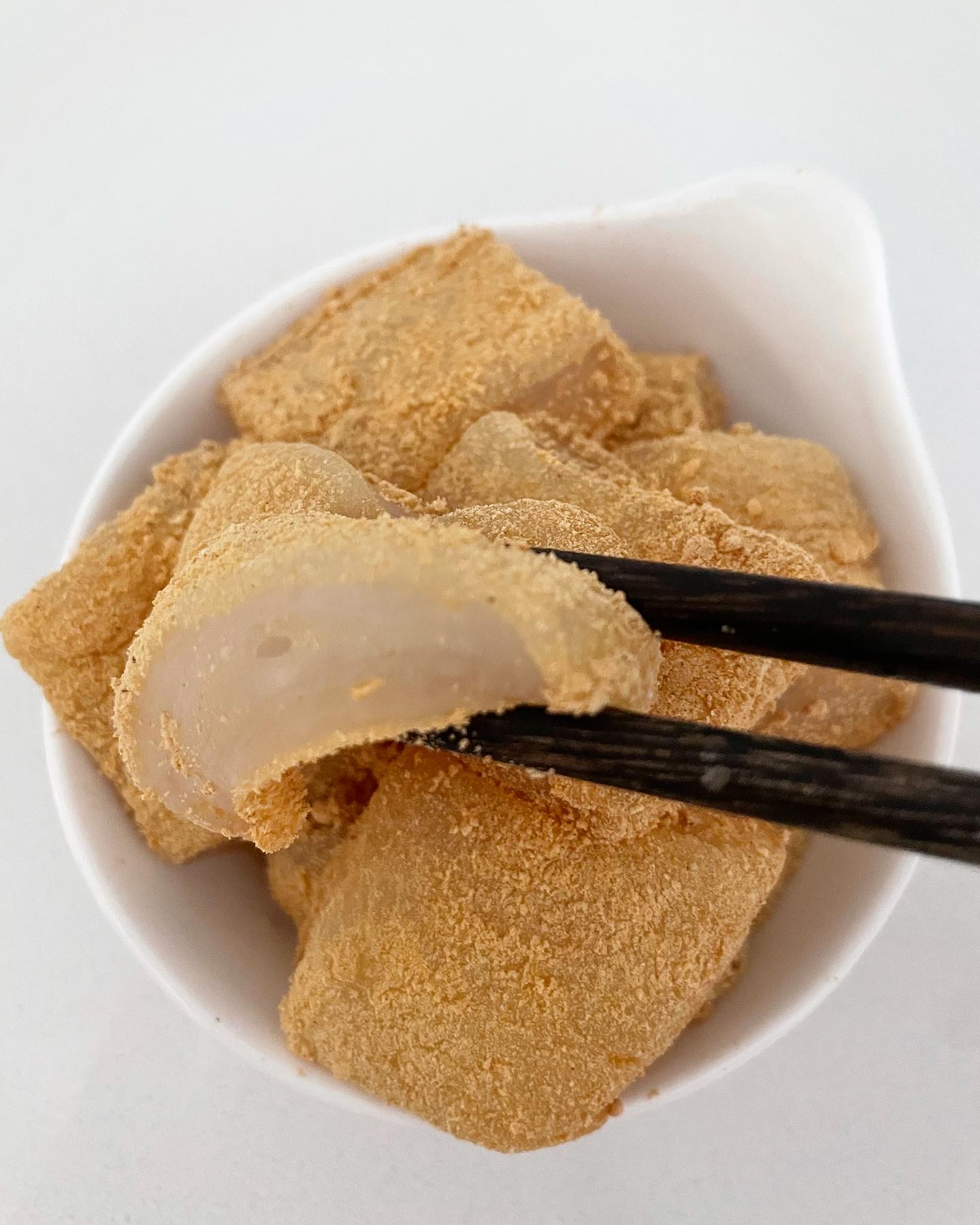
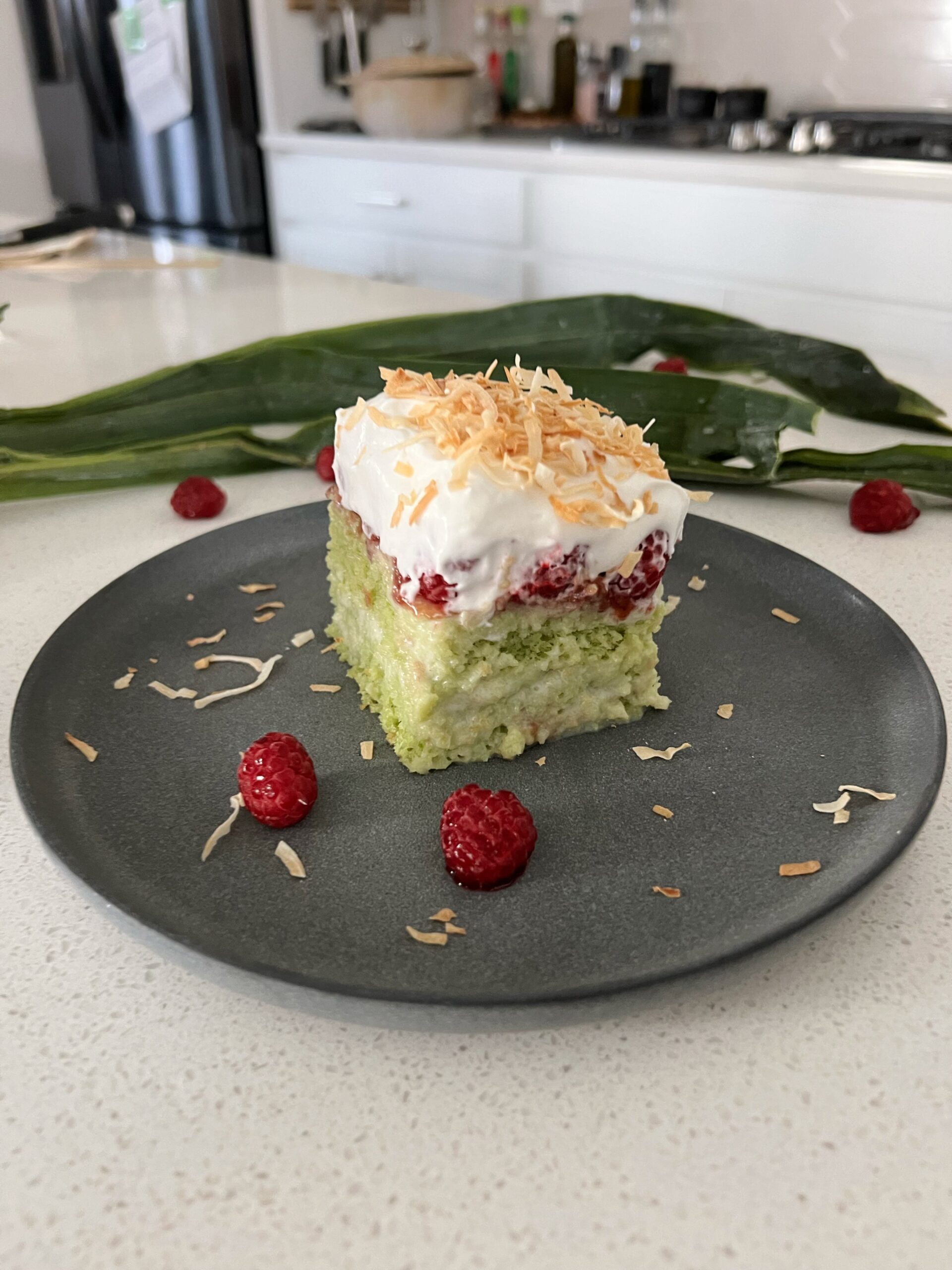
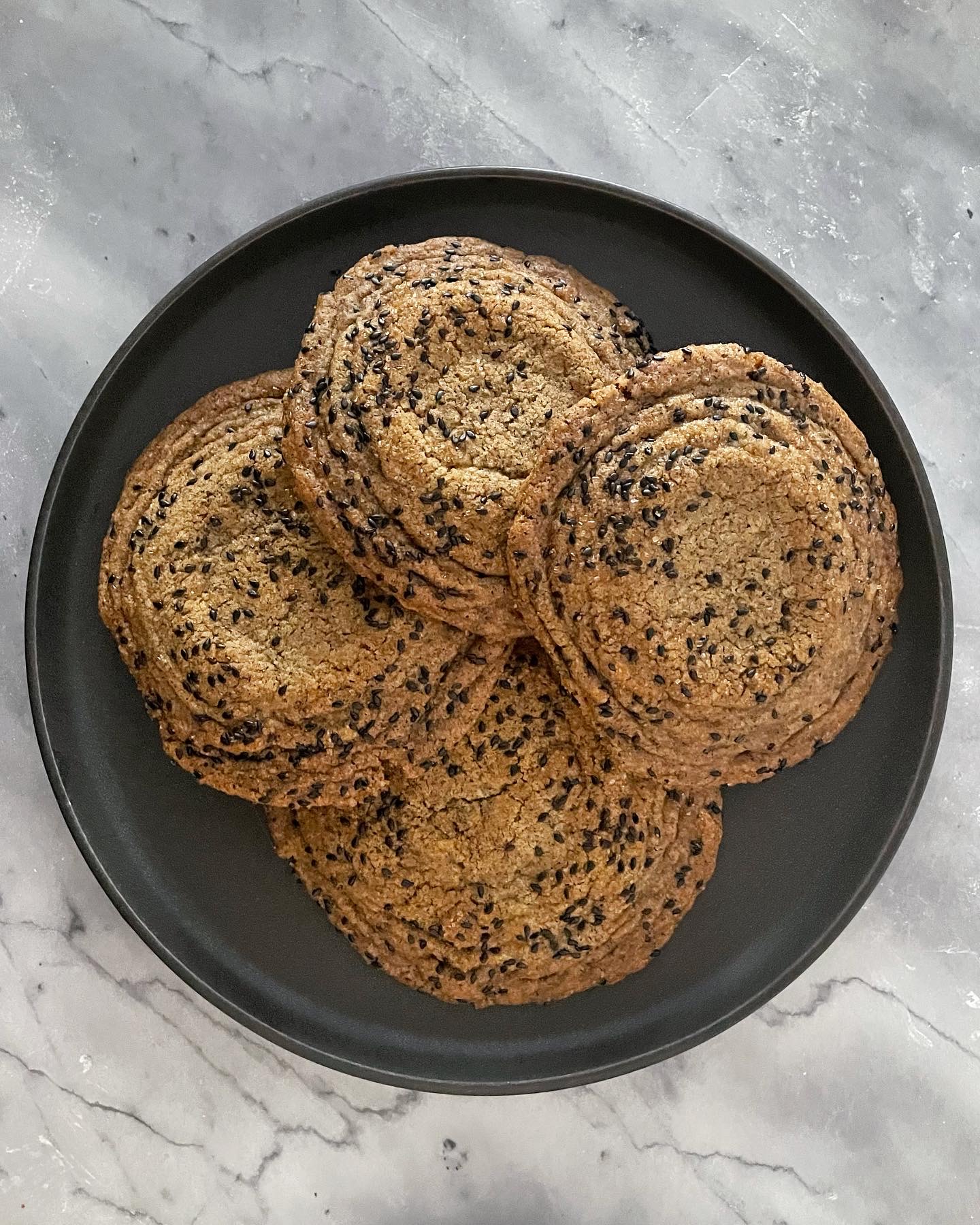
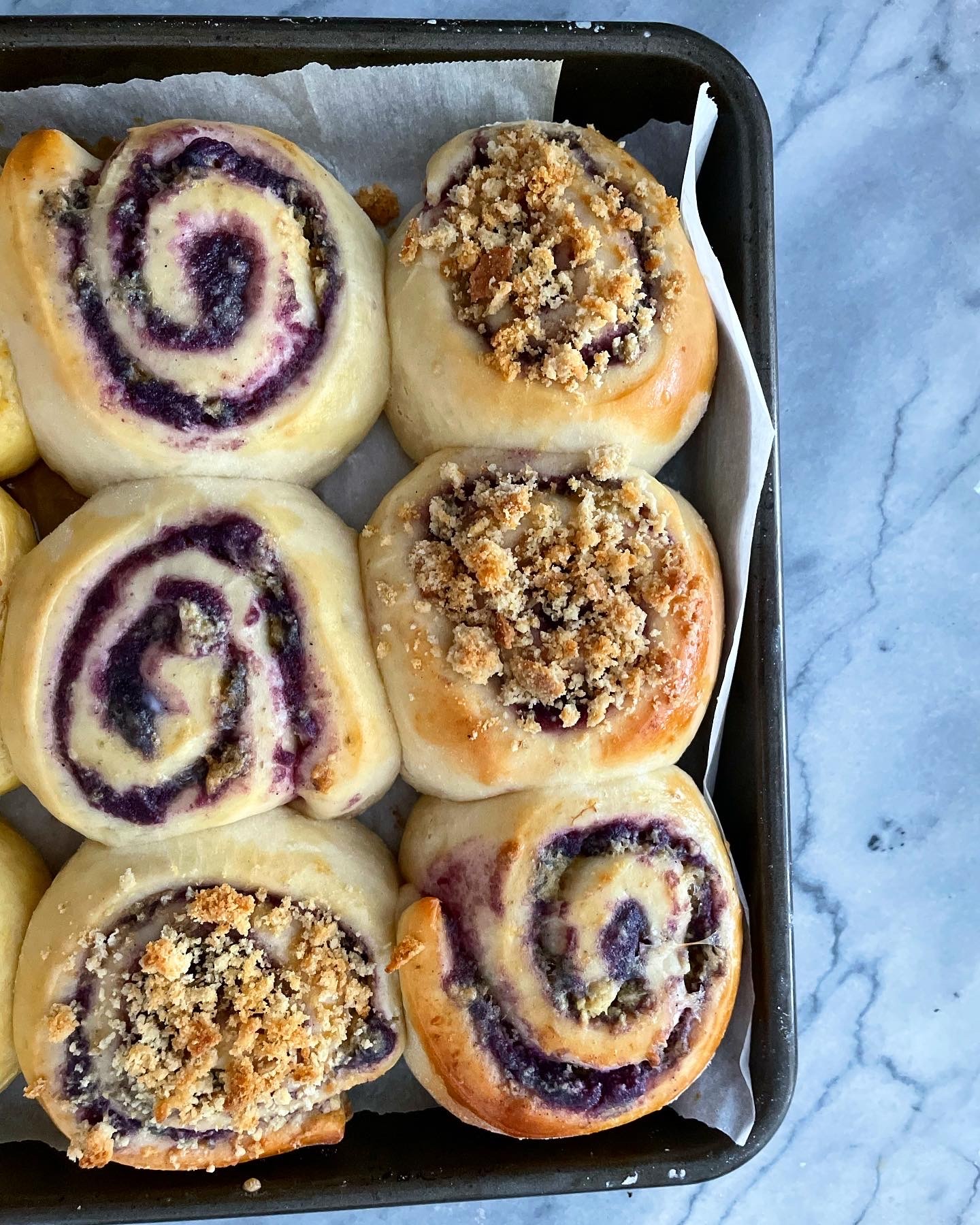
Leave a Reply